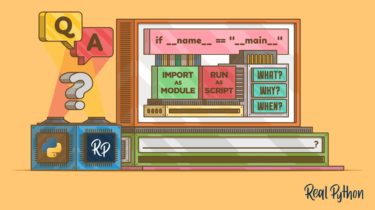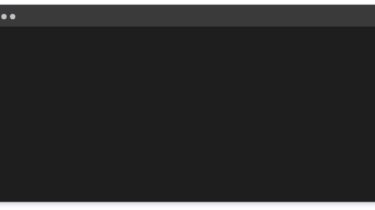Using Conda? You might not need Docker
Docker packaging is useful, but doing it well is not easy. Even limiting the scope of discussion to production use of Python applications, the number of details to cover is extensive enough that I’ve written over 50 articles on the topic, and created a number of products to speed up the packaging process. In a better universe, none of this would be necessary. So while Docker is often useful enough to merit this effort, in some situations you might be […]
Read more






